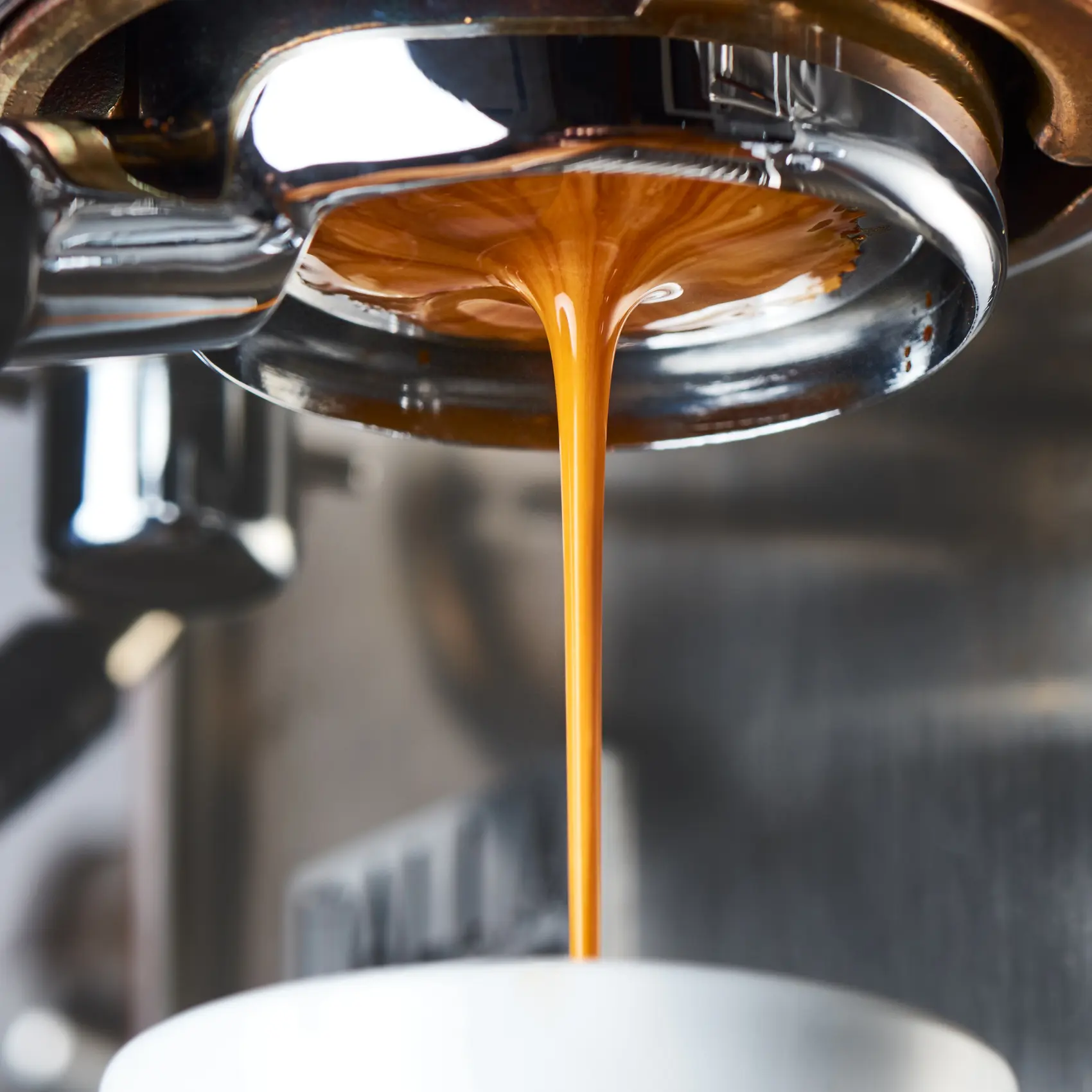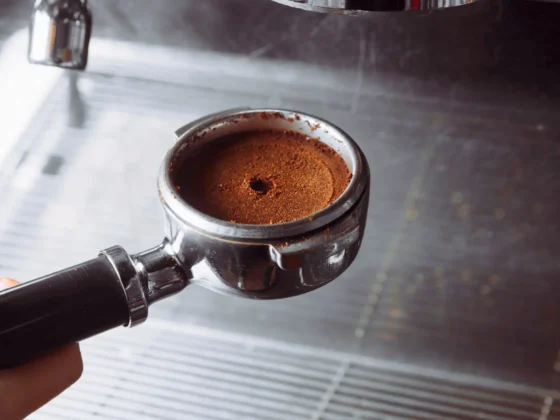The tools and techniques employed in the coffee brewing process can greatly influence the final cup’s quality and taste. Among these tools, the bottomless portafilter stands out as a significant innovation. For those wondering what is a bottomless portafilter, it’s a unique variant of the traditional portafilter used in espresso machines, distinguished by its open-bottom design. This design not only changes the way espresso is extracted but also opens up a realm of possibilities for both baristas and coffee enthusiasts. In this article, we will delve into the various aspects of using a bottomless portafilter, exploring its impact on espresso quality, the techniques for mastering its use, and the creative ways it can be utilized beyond just brewing espresso. Whether you’re a seasoned barista or a curious coffee lover, understanding the role and potential of this type of portafilter can elevate your espresso experience to new heights.
Bypass the text and choose the audio version of the article below.
- Introduction & Key Takeaway
- https://app.mysoundwise.com/tracks/17019072729968638e.mp3
- The Anatomy of a Bottomless Portafilter
- https://app.mysoundwise.com/tracks/17019073142766350e.mp3
- The Science Behind Espresso Extraction
- https://app.mysoundwise.com/tracks/17019073461380374e.mp3
- Mastering the Art of Espresso with a Bottomless Portafilter
- https://app.mysoundwise.com/tracks/17019073772061516e.mp3
- Troubleshooting and Common Mistakes
- https://app.mysoundwise.com/tracks/17019074069668679e.mp3
- Beyond Espresso: Creative Uses of Bottomless Portafilters
- https://app.mysoundwise.com/tracks/17019074340544805e.mp3
- Conclusion & FAQs
- https://app.mysoundwise.com/tracks/17019074697860120e.mp3
Bottomless Portafilter: Key Takeaway
- Understanding Bottomless Portafilters: The article clarifies what a bottomless portafilter is, highlighting its open-bottom design which differs from traditional portafilters. This understanding is crucial for both beginners and experienced baristas to appreciate its role in espresso brewing.
- Importance of Technique in Espresso Brewing: Emphasizing the significance of correct dosage, tamping, and distribution methods, the article underscores how these techniques are vital when using this type of portafilter. It points out that mastering these skills is essential for achieving the perfect espresso shot.
- Troubleshooting Common Espresso Issues: The article provides valuable insights into identifying and resolving common espresso extraction problems like channeling, uneven extraction, and over or under-extraction, specifically when using a bottomless portafilter.
- The Role of Consistency: Regular practice, along with careful observation and adjustment of brewing parameters, is highlighted as essential for mastering espresso preparation with this type of portafilter.
- Creative and Educational Uses: Beyond traditional espresso brewing, the article explores the versatility of this portafilter in experimenting with different coffee grinds, enhancing latte art and aesthetics, and their role in educational espresso tasting sessions.
The Anatomy of a Bottomless Portafilter
the choice of equipment can significantly impact the quality and flavor of the coffee. Among these essential tools is the portafilter, a key component of espresso machines. While standard portafilters have been the norm for years, the bottomless portafilter has emerged as a popular alternative for both professional baristas and coffee enthusiasts.
Understanding the Key Components
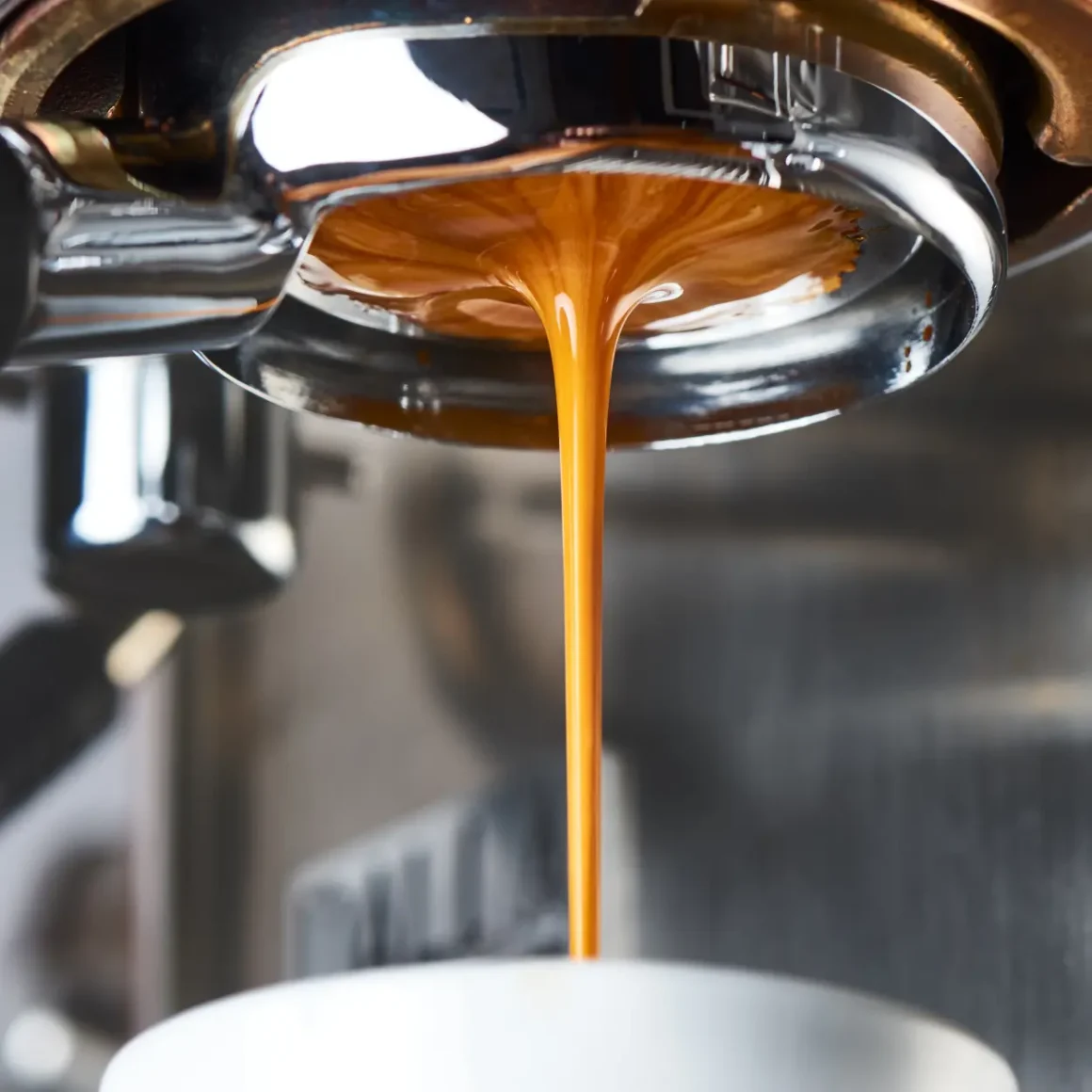
A bottomless portafilter, often hailed as an essential tool for espresso aficionados, is a unique variant of the traditional portafilter used in espresso machines. Its distinct design offers a deeper insight into the extraction process. Let’s delve into its key components:
- Basket: This is the component where the ground coffee is placed. The basket is typically deeper in this portafilter, allowing for a larger dose of coffee than a standard portafilter. It’s designed to distribute water through the coffee evenly, ensuring a consistent extraction.
- Spouts: Unlike regular portafilters that have spouts for directing the flow of espresso into the cup, a bottomless portafilter lacks these spouts. This design exposes the bottom of the filter basket, allowing baristas to visually assess the beverage extraction quality and identify any issues like channeling or uneven tamping.
- Handle: The handle is ergonomically designed for ease of use. It’s attached directly to the basket, providing stability and control during the tamping and extraction processes. The handle’s design often varies between models, with some focusing on aesthetics and others on functionality.
How It Differs from a Regular Portafilter

The bottomless portafilter stands out from its regular counterpart in several key aspects:
- Basket Exposure: The most notable difference is in the basket’s exposure. In a regular portafilter, the bottom is enclosed, usually featuring one or two spouts. However, in a bottomless portafilter, this part is completely open, revealing the basket and the entire extraction process.
- Basket Size: This open design of the bottomless portafilter typically allows for a larger basket. This larger basket can accommodate more coffee, which can influence the strength and flavor profile of the coffee drink.
- Diagnostic Capability: The absence of a bottom part turns the bottomless portafilter into a practical diagnostic tool. It offers an unobstructed view of the espresso flow, helping to identify any extraction issues such as channeling or uneven tamping.
- Direct Espresso Flow: With a standard portafilter, espresso is directed into the cup through spouts. In contrast, a bottomless portafilter allows the beverage to flow directly from the basket to the cup, providing a unique visual experience and potentially affecting the final taste.
Benefits of a Bottomless Portafilter
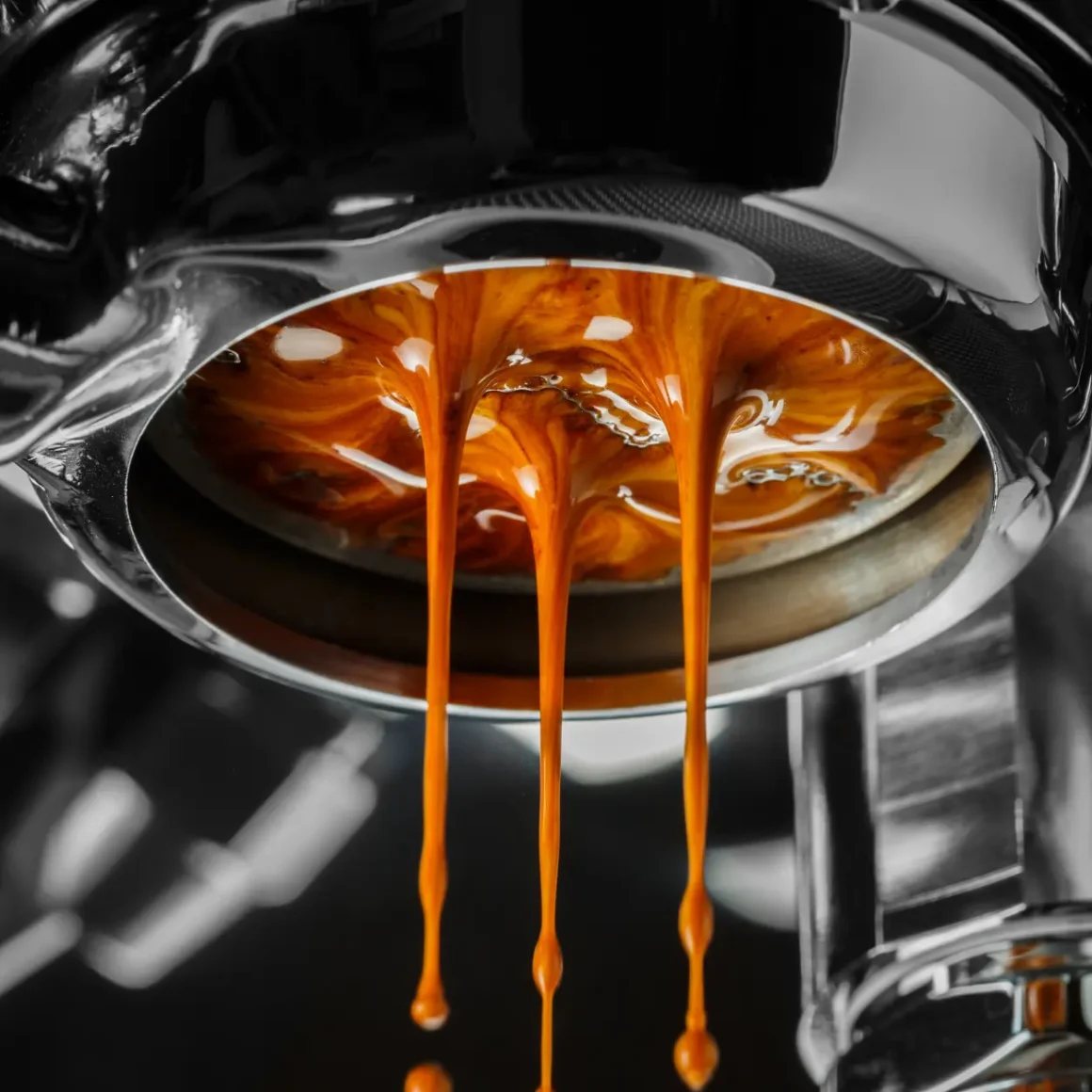
Opting for the best bottomless portafilter can bring several advantages to your espresso brewing experience:
- Improved Extraction Quality: By allowing for a larger coffee dose and more even water distribution, this portafilter can enhance the extraction quality, resulting in a richer and more flavorful espresso.
- Diagnostic Tool: They provide immediate feedback on the extraction process, enabling baristas to identify and correct issues like channeling, where water passes through the coffee unevenly, or uneven tamping.
- Aesthetic Appeal: The visual experience of watching the coffee beverage flow directly from the basket is not only satisfying but also adds an element of flair to the brewing process.
- Ease of Cleaning: Without spouts, cleaning this type of portafilter is generally more straightforward
To sum up, this portafilter, with its unique design and benefits, is an invaluable tool for both professional baristas and home espresso enthusiasts. It elevates the espresso-making process, allowing for a deeper understanding and appreciation of the art of espresso extraction.
The Science Behind Espresso Extraction
The process of espresso extraction is a complex interplay of science and art, where precision and technique are key. Understanding the science behind it is crucial for any coffee enthusiast or barista looking to master the craft.
Espresso Extraction Process
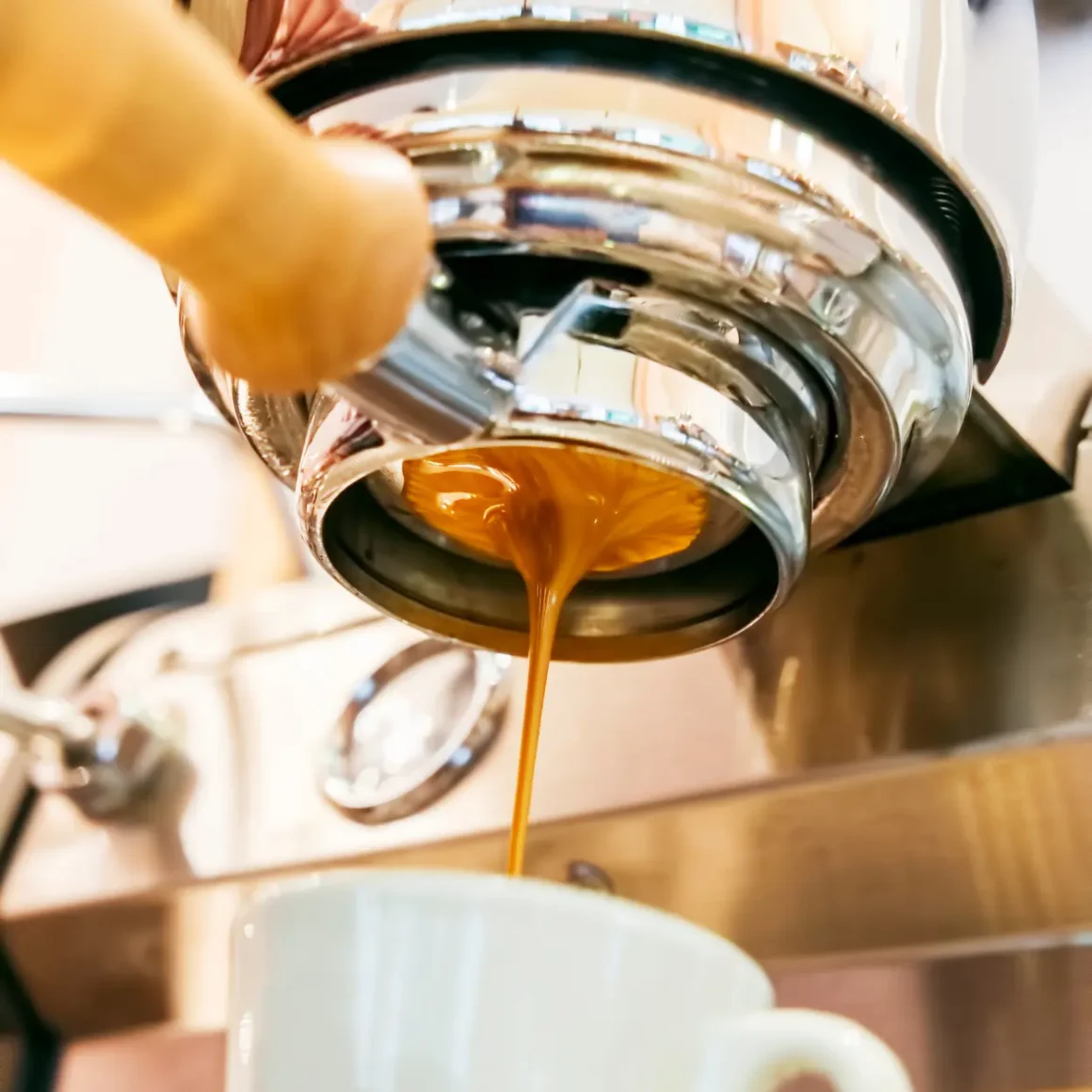
The extraction process of this delectable beverage is a delicate balance of several factors, each playing a pivotal role in the quality of the final shot:
- Pre-infusion: This is the initial phase where hot water is gently introduced to the coffee grounds. Pre-infusion allows the coffee to swell and degas, leading to a more even and controlled extraction. It’s essential for avoiding channeling and ensuring that water flows evenly through the coffee puck.
- Pressure: Espresso is characterized by its high-pressure brewing process, typically around 9 bars. This pressure is critical for extracting the rich flavors and oils from the coffee grounds. (1) Too much pressure can lead to over-extraction, making the espresso bitter, while insufficient pressure can result in under-extraction, leading to a weak and sour shot.
- Flow Rate: The rate at which water passes through the coffee grounds greatly impacts the extraction. A slower flow rate can lead to over-extraction, while a faster rate can cause under-extraction. Balancing the flow rate is key to achieving a well-extracted espresso shot, highlighting the coffee’s best flavors and aromas.
The Role of a Bottomless Portafilter
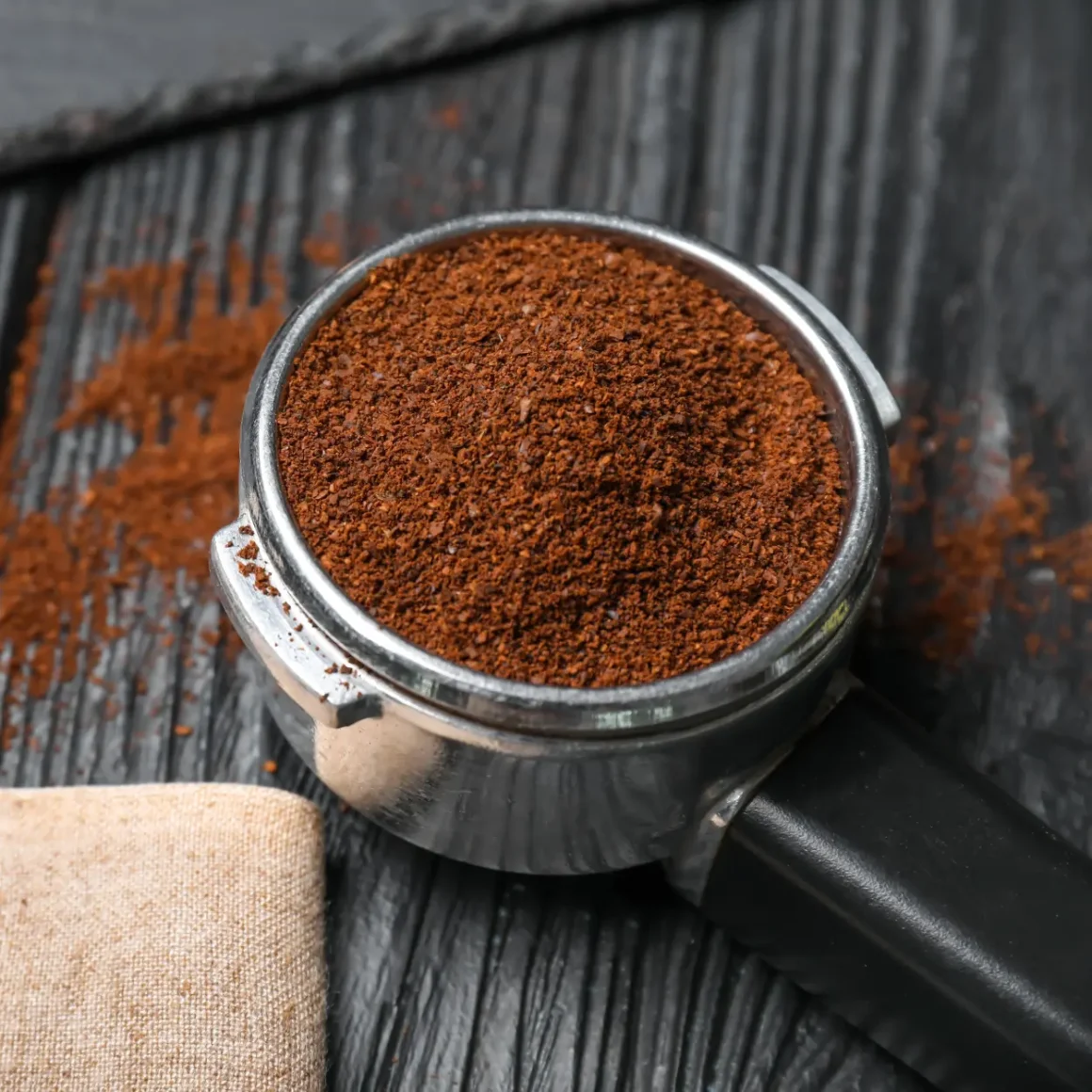
In the context of espresso extraction, this type of portafilter serves as a critical tool for both the extraction process and quality assessment:
- Visual Feedback: The lack of a spout allows for direct observation of the extraction process. This visibility is invaluable for identifying issues like channeling or uneven extraction, which can greatly affect the taste and quality of the espresso.
- Training Tool: For baristas, both novice and experienced, this portafilter is an excellent training tool. It provides immediate feedback on the tamping technique and grind size, essential for mastering the art of espresso making.
Achieving the Perfect Shot
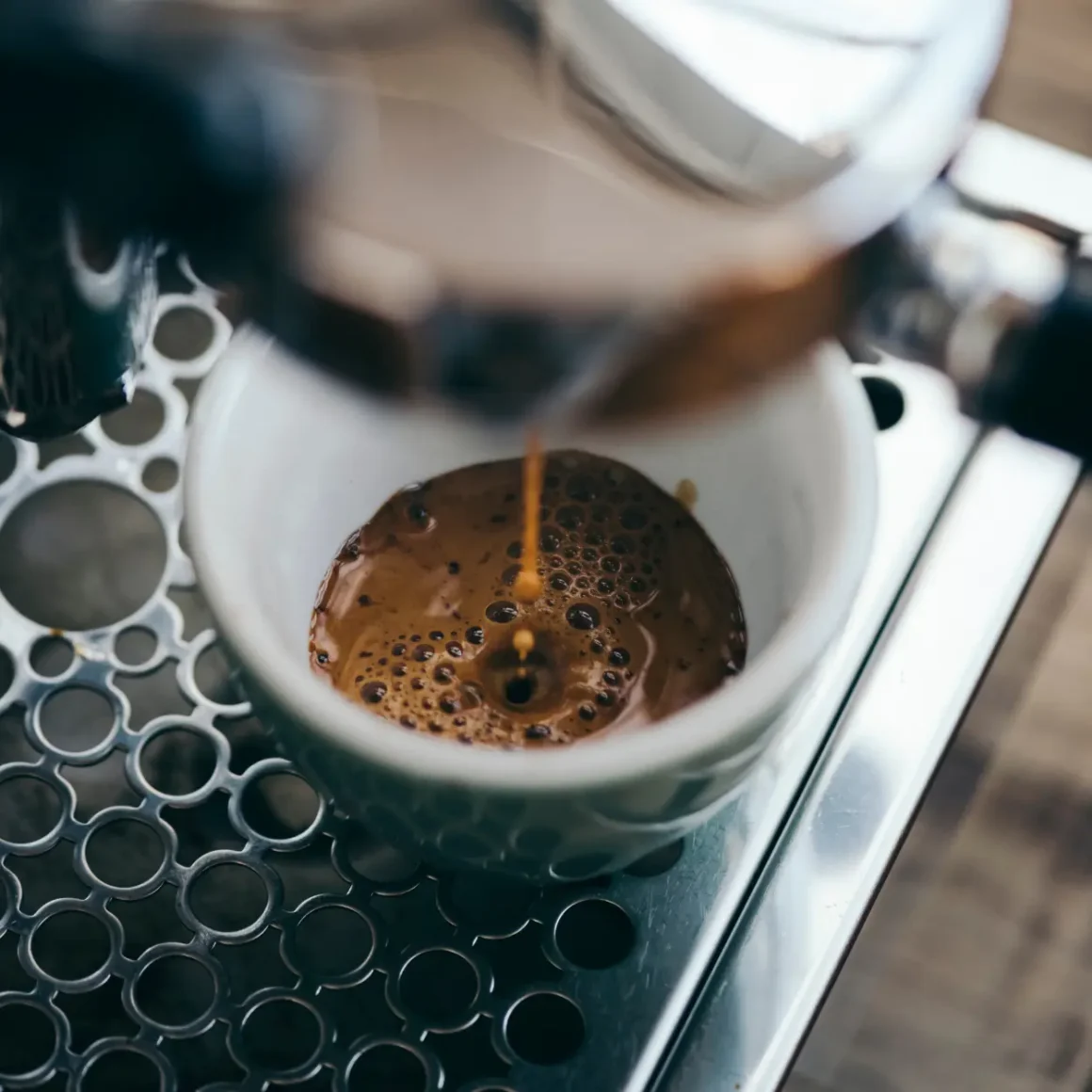
Perfecting the espresso shot is a quest for balance and precision. Here are some key considerations:
- Grind Size: The grind size of the coffee should match the brewing method. Fine and consistent grounds are ideal for espresso. (2)
- Machine Quality: The best espresso coffee machine plays a significant role. High-quality machines offer greater control over temperature, pressure, and flow rate, which are essential for extracting a perfect espresso shot.
- Freshness and Quality of Coffee: The quality and freshness of coffee beans are paramount. Freshly roasted beans, ground just before brewing, yield the best flavor and aroma. (3)
- Consistent Practice: Achieving the perfect espresso shot requires consistent practice and experimentation. Adjusting variables and learning from each shot is part of the journey to mastering espresso extraction.
Summing up, the science of espresso extraction is an intricate balance of technique, equipment, and quality ingredients. Understanding each element’s role and how they interact is key to crafting the perfect espresso shot.
Mastering the Art of Espresso with a Bottomless Portafilter
The journey to mastering espresso, particularly with this type of portafilter, requires an understanding of specific techniques and consistent practices. A bottomless portafilter not only demands precision but also provides an opportunity to refine one’s skills through direct feedback.
Dosage and Tamping Techniques
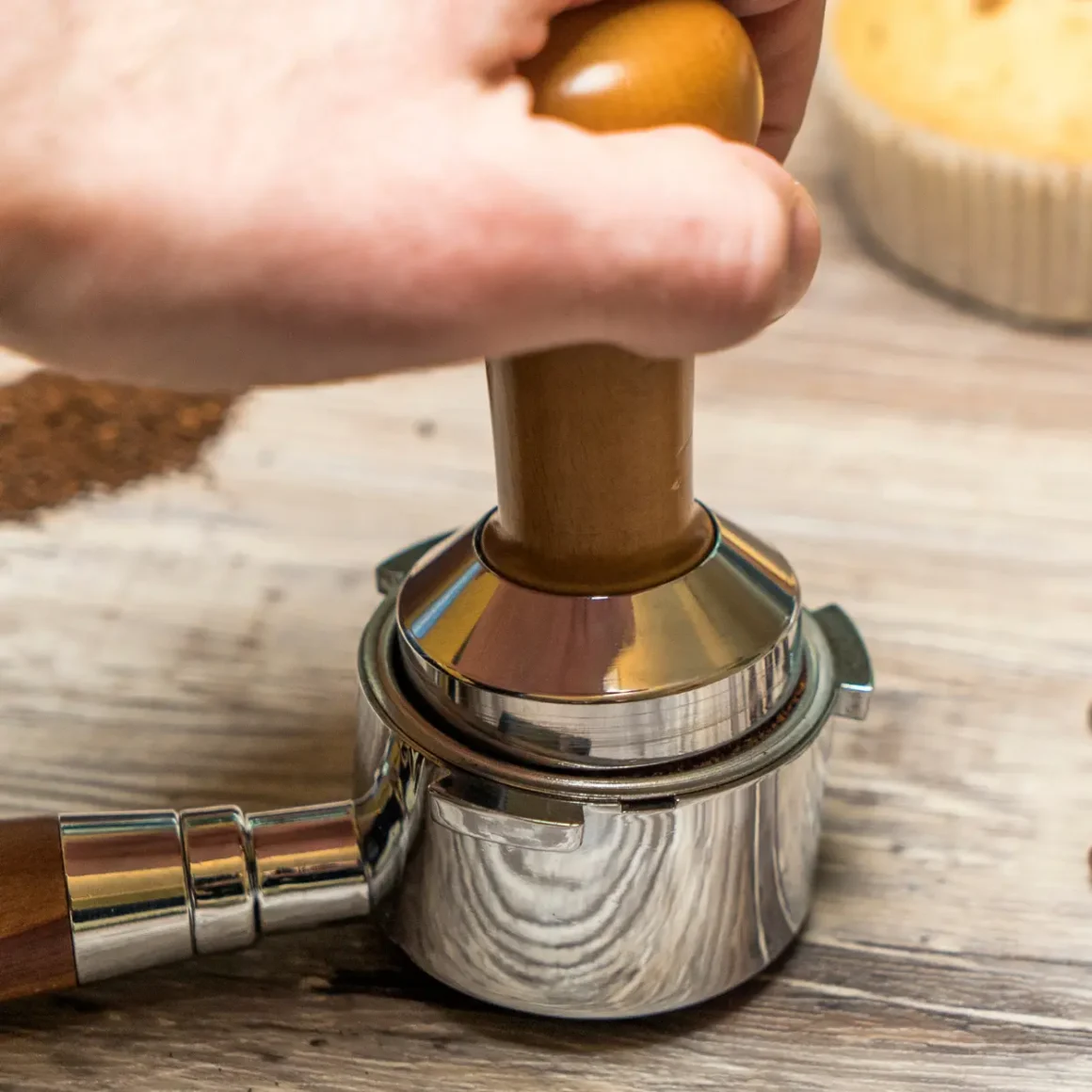
Getting the right dosage and tamping technique is essential for a perfect espresso shot:
- Accurate Dosage: Begin with an accurate dose of finely ground coffee. The exact amount can vary based on the basket size but typically ranges between 18 to 20 grams for a double shot. Consistency in dosage ensures that each shot of espresso has the potential for optimal flavor.
- Tamping: Proper tamping is crucial. Use a steady hand and even pressure to compress the coffee grounds. The goal is to create a level, compact bed of coffee that allows for even water distribution during extraction. Utilizing the best espresso tamper, one that fits your basket perfectly and feels comfortable in your hand can make a significant difference in achieving a uniform tamp.
Distribution Methods
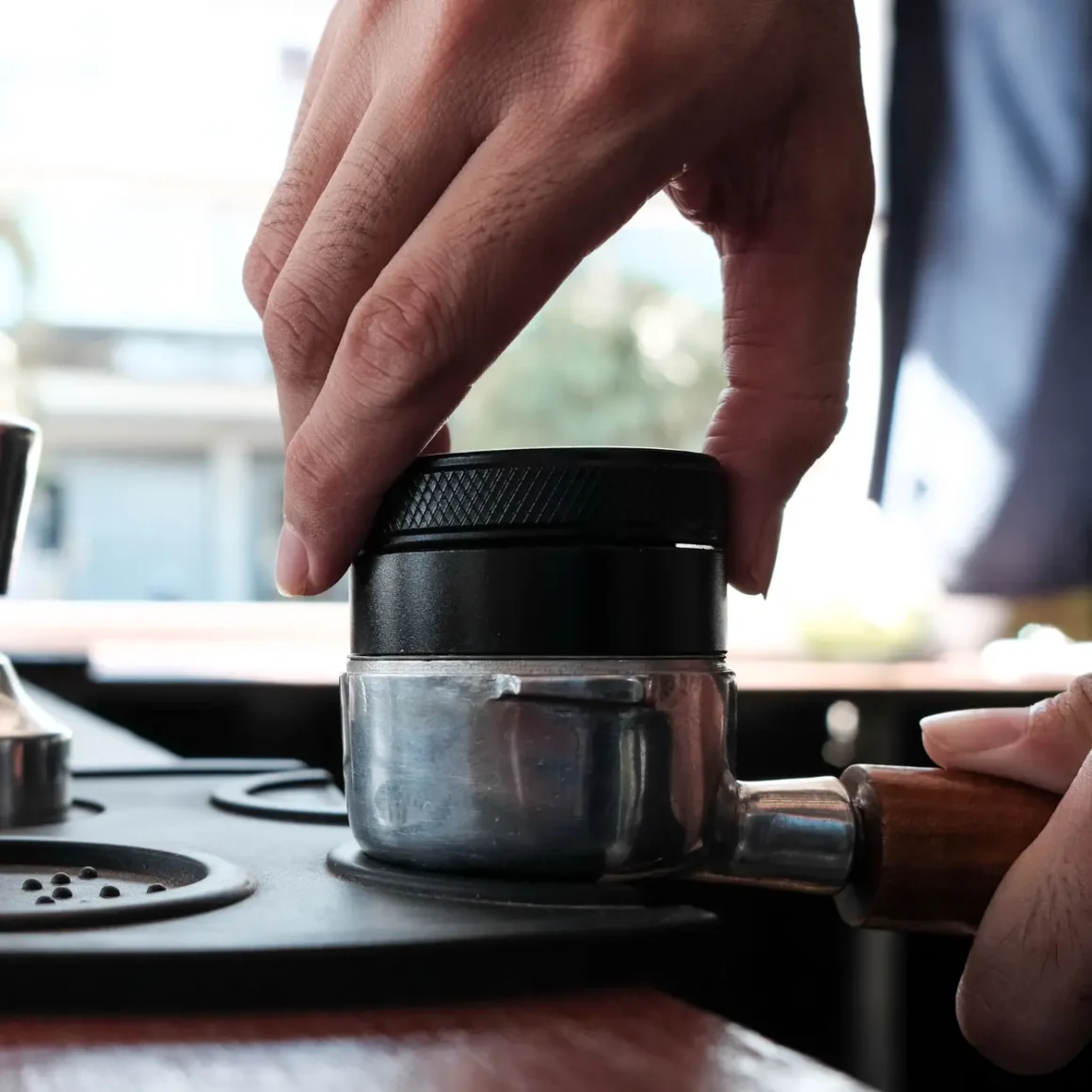
Even distribution of coffee grounds is key to preventing channeling and ensuring a balanced extraction:
- Leveling: Before tamping, level the grounds in the basket. You can do this by gently shaking the portafilter or using a distribution tool. This step eliminates any air pockets and ensures an even surface.
- Distribution Tools: There are various tools available that can help achieve a more consistent distribution. These range from simple hand tools to more sophisticated devices. The choice depends on personal preference and the level of precision desired.
The Importance of Consistency
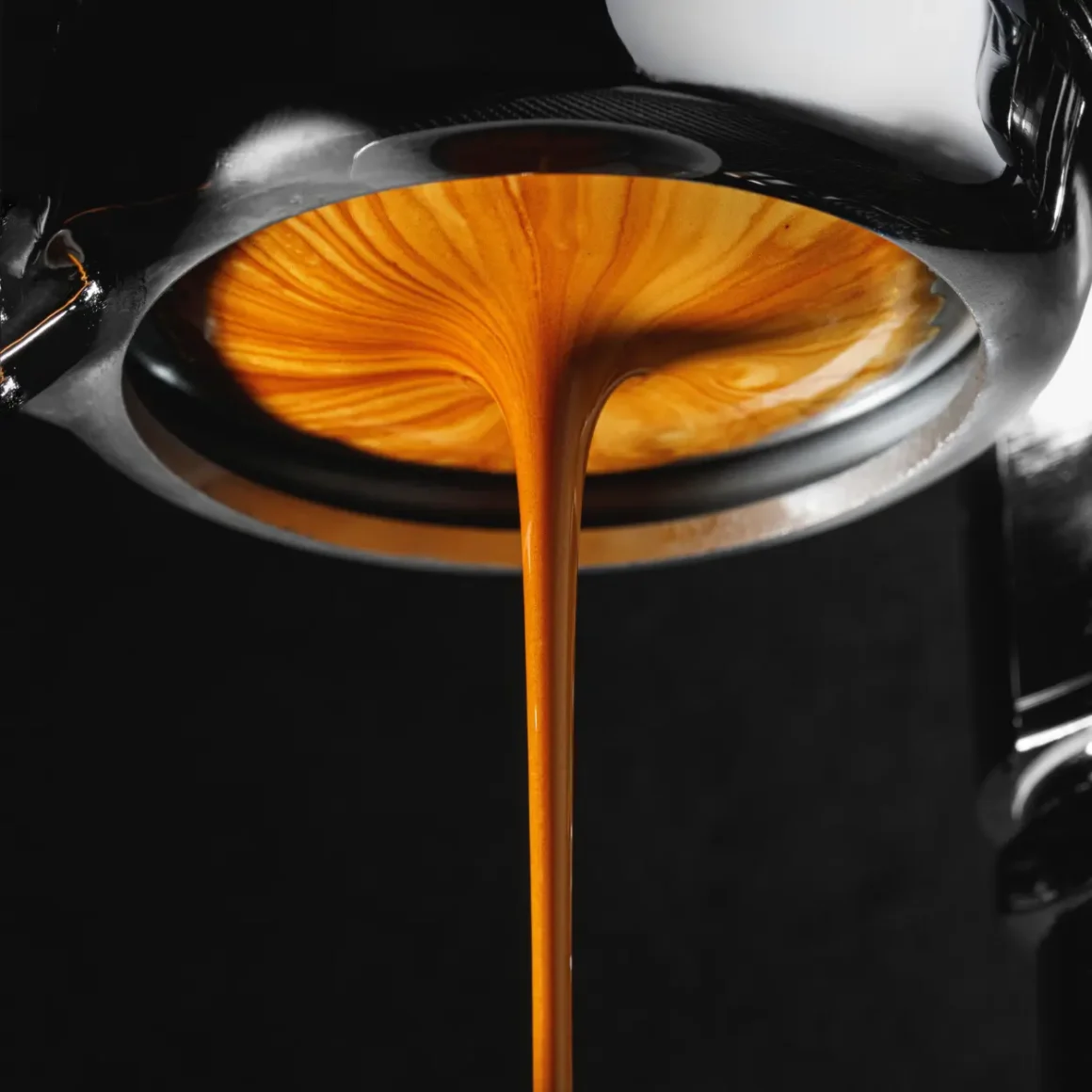
Consistency is the cornerstone of mastering espresso extraction with this portafilter:
- Repetition and Practice: Regular practice is key. Each shot provides an opportunity to learn and adjust techniques, from grinding to tamping and extraction.
- Observation: This type of portafilter offers a unique view of the extraction process. Observing the flow of espresso can provide insights into the effectiveness of your distribution and tamping techniques.
- Adjustment and Fine-Tuning: Based on your observations, adjust your techniques accordingly. Small changes in grind size, tamping pressure, or distribution can have significant impacts on the quality of the espresso shot.
- Record Keeping: Keep track of the variables for each shot. Recording the grind size, dose, extraction time, and any observations can be incredibly useful for understanding what works best and replicating successful shots.
Overall, mastering the art of espresso with a bottomless portafilter is a journey of precision, practice, and patience. Paying attention to dosage and tamping techniques, perfecting distribution methods, and maintaining consistency in practice are key steps toward achieving espresso excellence. This type of portafilter not only challenges but also aids in honing your skills, ultimately leading to a deeper understanding and appreciation of the espresso-making process.
Troubleshooting and Common Mistakes
In the process of perfecting espresso, encountering certain challenges is common, especially when learning how to use a bottomless portafilter. Understanding these issues and knowing how to address them is crucial for any barista striving for excellence.
Channeling and Gushers
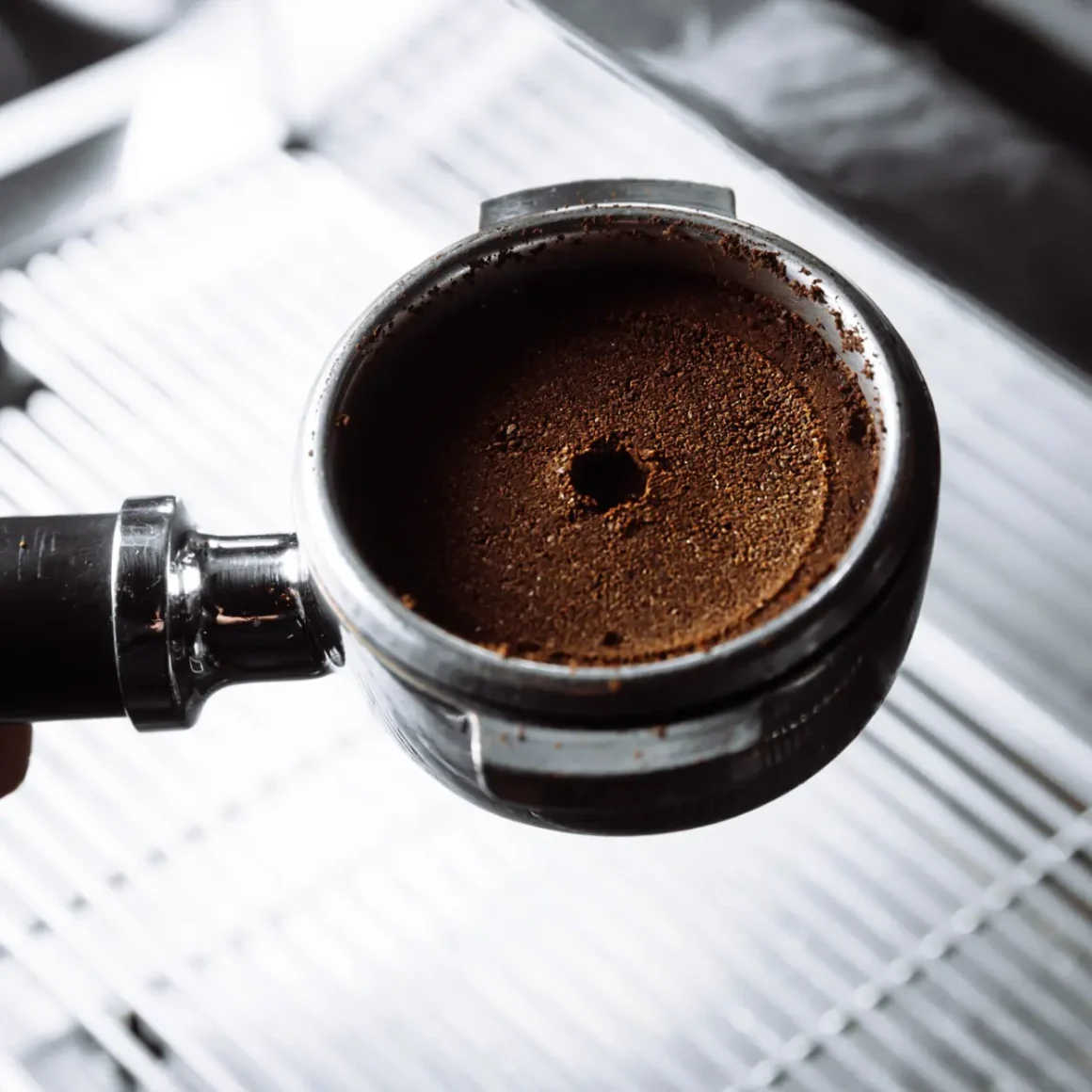
Channeling and gushers are frequent issues that can significantly impact the quality of your espresso:
- Identifying Channeling: Espresso channeling occurs when water finds the path of least resistance through the coffee puck, leading to an uneven extraction. It’s often identified by sudden spurts or a thin stream of espresso during extraction. In this portafilter, channeling is visible as clear streaks or jets of water coming through the coffee puck.
- Causes of Channeling: Common causes include uneven tamping, incorrect grind size, or poor distribution of coffee grounds. Inconsistent pressure during tamping or a clumpy grind can create pockets where water channels through.
- Preventing Channeling: Ensure uniform tamping and distribution of the coffee grounds. Using a high-quality burr coffee grinder and practicing consistent tamping techniques can significantly reduce channeling espresso. Also, ensure that your portafilter basket is clean and free of old coffee residues.
- Gushers: Gushers happen when the espresso shot pours out too quickly, usually a result of too coarse a grind or insufficient tamping. Adjusting to a finer grind and applying more pressure during tamping can resolve this issue.
Uneven Extraction
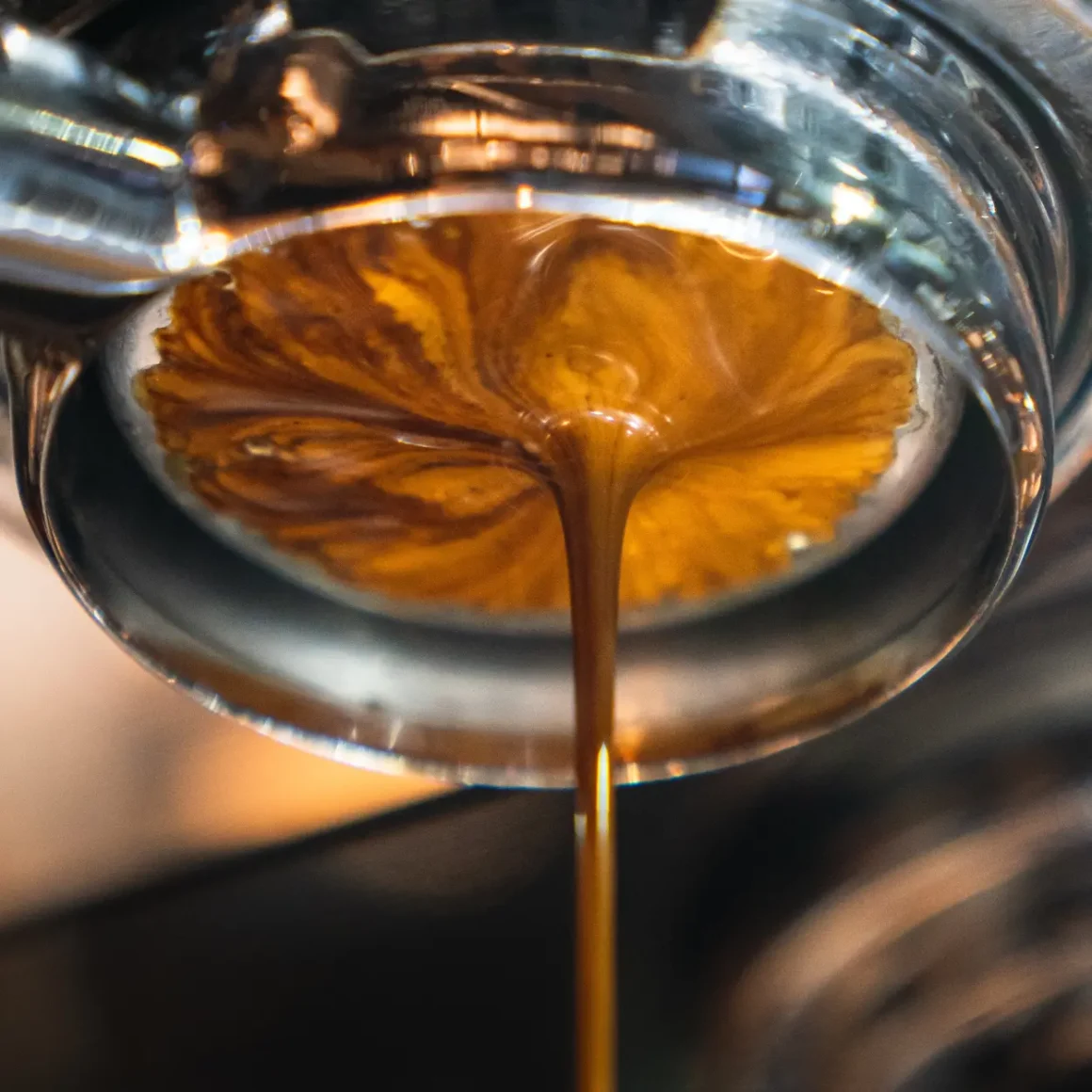
Uneven extraction is another common challenge:
- Symptoms of Uneven Extraction: This is often indicated by an unevenly colored shot or a shot that starts blonding too early. Blonding is when the espresso turns a lighter color, indicating the end of a good extraction.
- Causes and Solutions: Uneven extraction can be caused by uneven tamping, incorrect distribution, or issues with the espresso machine itself, such as uneven water distribution. Practice even tamping and distribution, and regularly maintain your espresso machine to ensure optimal performance.
Over and Under-extraction
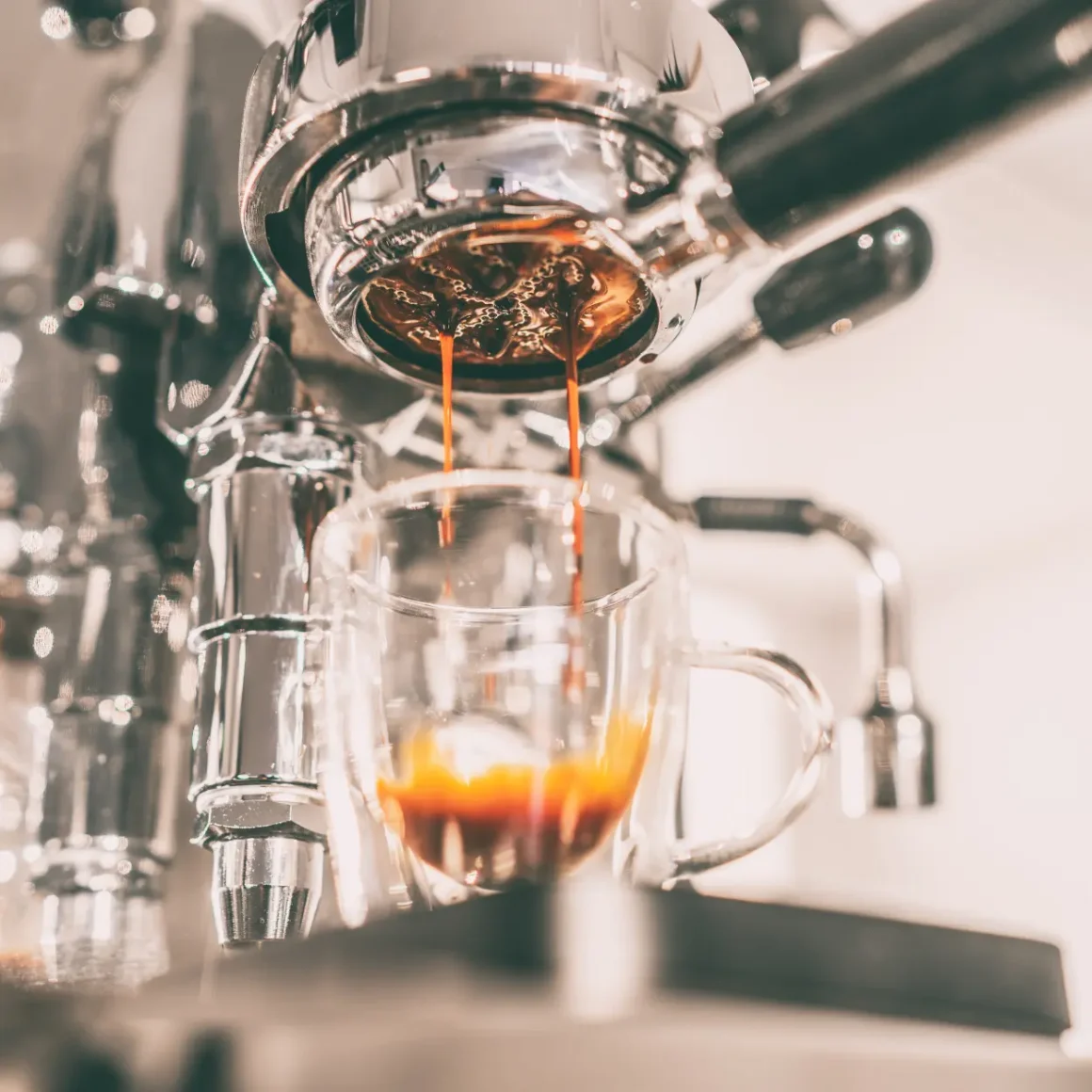
Balancing extraction is key to a great espresso shot:
- Over-extraction: This occurs when too much water passes through the coffee grounds, extracting excessive compounds and leading to a bitter taste. It’s often caused by too fine a grind, too much coffee, or too long an extraction time.
- Under-extraction: Conversely, under-extraction happens when not enough desirable coffee flavors are extracted, resulting in a sour or weak shot. This can be due to too coarse a grind, too little coffee, or too short an extraction time.
- Finding Balance: Experiment with grind size, dosage, and extraction time. Aim for a shot time of around 25-30 seconds for a balanced extraction. Remember, each coffee might require different parameters, so adjust accordingly.
In summary, mastering the art of espresso, particularly when using this type of portafilter, involves understanding and addressing common issues like channeling, uneven extraction, and over or under-extraction. Through careful practice and adjustment of techniques, you can significantly improve the quality of your espresso shots.
Beyond Espresso: Creative Uses of Bottomless Portafilters
Bottomless portafilters, typically associated with the traditional preparation of espresso coffee, offer more versatility than one might initially think. Their unique design not only enhances the espresso brewing experience but also opens up a world of creative possibilities for both coffee enthusiasts and professionals
Experimenting with Different Coffee Grinds
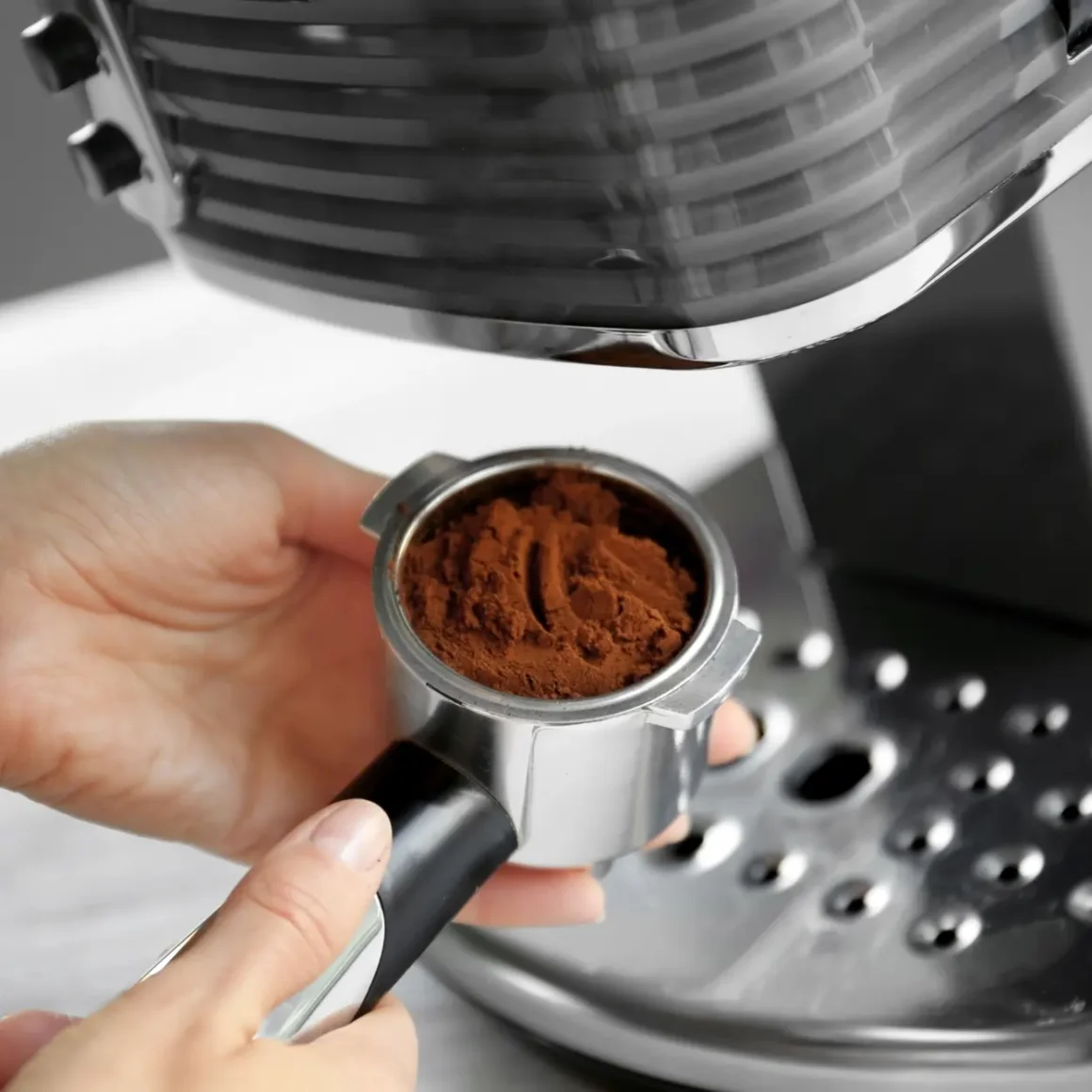
The clarity provided by this portafilter can be a great asset in experimenting with different coffee grinds:
- Fine-tuning Grind Size: Use the bottomless portafilter as a tool to understand how different grind sizes affect extraction. Observing the flow of espresso can indicate whether adjustments are needed – a faster flow often suggests a coarser grind is necessary, while a slower flow indicates a need for a finer grind.
- Exploring Coffee Varieties: Different coffees often require different grind settings. This type of portafilter can help in fine-tuning the grind for each new type of coffee bean, enhancing its unique flavor profile.
Latte Art and Aesthetics
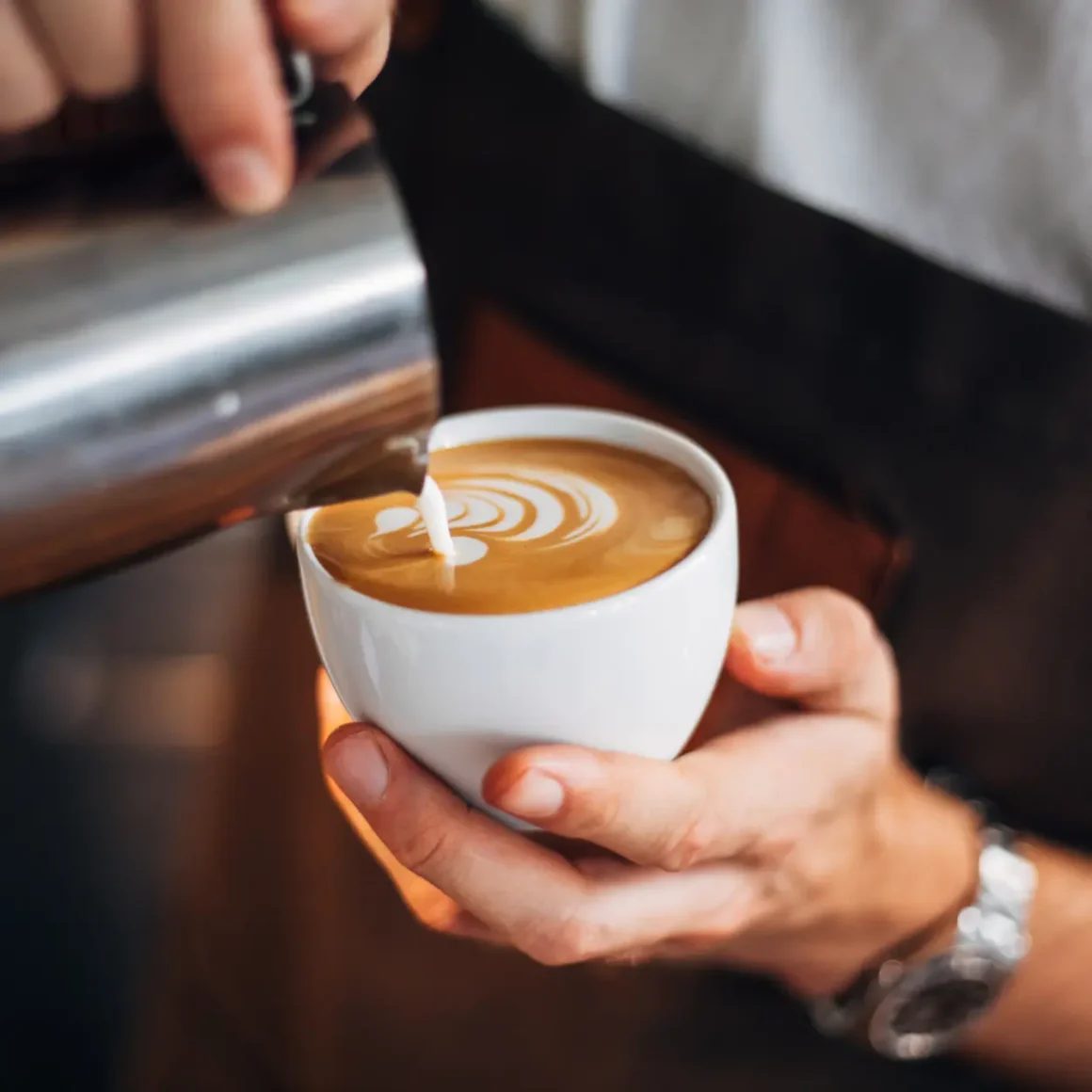
While not directly involved in the creation of latte art, a bottomless portafilter can play a supportive role:
- Consistent Espresso Shots: The key to great latte art is starting with a perfectly extracted espresso shot. This type of portafilter can help achieve this consistency, which is crucial for the base of any latte art.
- Training Tool: As a training tool, it aids baristas in refining their espresso-making skills, which indirectly contributes to the quality of the latte art.
Espresso Tasting Sessions

Bottomless portafilters can elevate espresso-tasting sessions:
- Enhanced Tasting Experience: Observing the extraction process can add an educational and interactive element to espresso-tasting sessions. It allows participants to see firsthand how espresso is extracted, adding depth to their understanding of how to drink espresso.
- Comparative Analysis: By using this portafilter, you can conduct side-by-side comparisons of different espresso shots. This can be particularly useful in tasting sessions where the impact of different variables on the taste and quality of espresso is being explored.
- Engagement and Learning: For those new to espresso, watching the extraction process can be an engaging way to learn about the nuances of espresso preparation and develop a deeper appreciation for the craft.
In summary, a bottomless portafilter is more than just a tool for brewing espresso; it’s a gateway to experimentation, aesthetic enhancement, and educational experiences. Whether you’re fine-tuning your grind, aspiring to create beautiful latte art, or engaging in espresso-tasting sessions, this type of portafilter can play an essential role in enhancing your coffee journey.
Conclusion
In conclusion, the bottomless portafilter is more than just a variant of the traditional espresso tool; it’s a gateway to mastering and understanding the finer nuances of espresso brewing. From emphasizing the importance of precise techniques in dosage, tamping, and distribution, to offering solutions for common brewing issues, this tool is invaluable for anyone serious about espresso quality. Its open design not only aids in perfecting the extraction process but also encourages creative exploration and educational opportunities in the world of coffee. Whether you’re a seasoned barista honing your skills or a coffee enthusiast delving into the complexities of espresso, this portafilter stands as an essential component in the journey toward espresso excellence.
FAQ
What are the benefits of using a bottomless portafilter?
Benefits include enhanced visual feedback for perfecting extraction technique, improved espresso flavor, and the ability to diagnose issues like channeling or uneven tamping.
What is the ideal grind size for espresso when using a bottomless portafilter?
The ideal grind size for espresso with a bottomless portafilter is fine and consistent, similar to table salt, to ensure even extraction and prevent channeling.
How do you avoid common mistakes while using a bottomless portafilter?
Avoid common mistakes by ensuring even tamping, using the correct grind size, and maintaining a consistent dose and distribution of coffee grounds.
Can you use a bottomless portafilter for making other coffee beverages?
While primarily designed for espresso, a bottomless portafilter can be used to experiment with grind size and technique, indirectly benefiting the preparation of other coffee beverages like Americanos or lattes.
